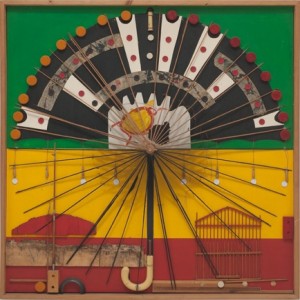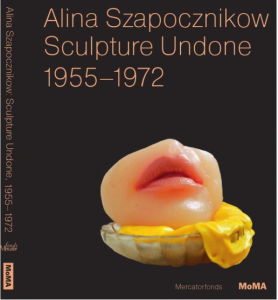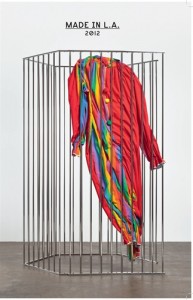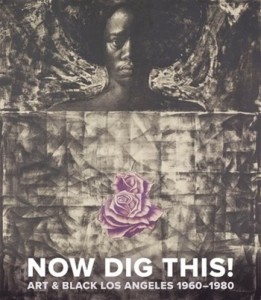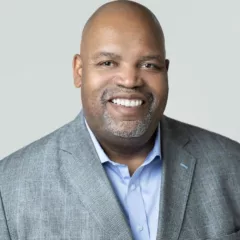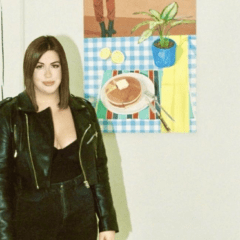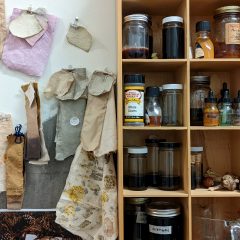Elena Filipovic, Joanna Mytkowska, et al. Alina Szapocznikow; Sculpture undone (Museum of Modern Art, New York and Mercatorfonds, Brussels: 2011) ISBN 978-0-87070-824-4
This catalog accompanies the first substantial exhibition of the Polish sculptor, Alina Szapocznikow (1926-1973) to be seen outside Poland, and is a thorough and considered introduction to her work. The exhibition was organized jointly by WEILS Contemporary Art Centre, Brussels, and the Museum of Modern Art, NY (MOMA), where it is currently on view. I saw the exhibition in Los Angeles this winter. It is a stunner, and a reminder that the dominant theme in the history of sculpture is the human body, a subject that can inhere to even the most allusive, fragmented and scattered forms. That Szapocznikow is a major figure in Poland and barely known elsewhere is not shocking, since we are only slowly catching up with the range of art made in Central and Eastern Europe under the domination of the U.S.S.R. It is a bit more surprising in Szapocznikow’s case, since she worked in Paris during much of her career and was promoted by the critic, Pierre Restany, who was an influential champion of numerous artists. Hers is compelling, original, and visceral work that deserves a broader audience. The catalog is also a reminder of a history of European (and American) sculpture during the 1950s-1960s, that has fallen out of fashion and, hence, out of view.
Cornelia Butler’s introductory essay situates Szapocznikow’s art between Surrealism and Pop art, noting parallels to the work of Niki de San Phalle, Hannah Wilke, Annette Messager, Louise Bourgeois, Linda Benglis, Lee Bontecou and Eva Hesse. This list clearly places Szapocznikow among a group of women whom Butler describes as drawing on Surrealism’s interest in sexuality and the use of dismembered bodies to deal with women’s embodied-ness, even when they did not identify their work as feminist. It is work of ongoing interest to younger artists.
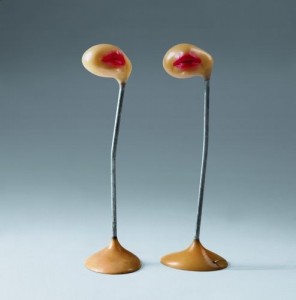
Elena Filipovic discusses Szapocznikow’s use of photography. While the artist only considered one series of twenty images as art (Photosculptures, which document an extraordinary group of ephemeral work made with chewing gum), there were thousands of photographs in her estate. Some were studies of works or records of ephemeral pieces, others she actually incorporated into sculpture. A huge number documented the artist, her studio and her art. Filipovic posits that the artist recognized the testimonial function of photography and used it to address the subject of the Holocaust, which she experienced first hand.
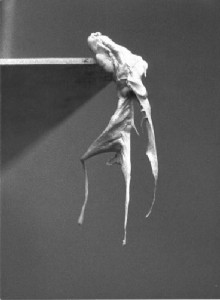
Essays by Allegra Pesenti and Joanna Mytkowska address her drawings and the posthumous reception of her work. The catalog does an excellent job of illustrating the range of Szapocznikow’s art, and includes an unusual wealth of photographs of the artist, her studio, her colleagues, and her work as installed in various exhibitions. It also includes a full chronology and bibliography. The layout is helpful in including thumbnail images beside the articles, allowing less flipping back and forth while reading. But I was uncomfortable with a number of the images of sculpture that are masked, so they float on the page, rather than casting the shadows one expects from three-dimensional work.
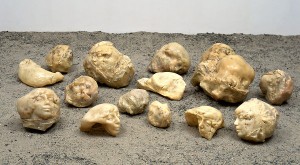
Made in L.A. 2012 (Hammer Museum, Los Angeles and Delmonico Books, an imprint of Prestel, Munich: 2012) ISBN 978-3-7913-5231-2
Made in L.A. 2012, a survey of artists from the region organized by U.C.L.A.’s Hammer Museum in collaboration with LAXART, was installed at three locations in Los Angeles during the summer of 2012. Its catalog has set an incredibly high bar for large group exhibition publications. It’s an Olympics gold medal winner, and likely a world record that will hold for some time, unless the Hammer bests itself in the next iteration of this biennial survey. The fact that there were eleven contributors to the catalog, five of whom curated the exhibition, means that more than usual staff were involved, but that doesn’t explain the lavishness of this volume or the extraordinary attention given each of the sixty artists, most of whom are little known beyond California.
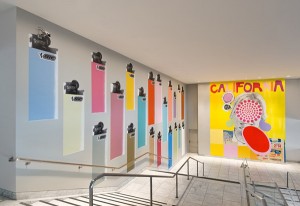
The curators emphasized emerging artists, with no particular bias as to style or medium. They also included a number of senior figures whose work, they felt, was under-appreciated, including Meg Cranston, Joel Otterson, Roy Dowell, Channa Horwitz, Thomas Lawson, Morgan Fisher and Henry Taylor. The dancer, Simone Forti, was included because her work generated ideas that have been useful to many of the younger artists. Four full pages of illustrations and a 750-word essay are devoted to each artist, and the index includes small images of everything in the exhibition. The catalog is large format (10 3/4×8 1/4 in.), very beautifully designed and printed, and entirely in color. It is a remarkable achievement for two relatively small institutions, and attests to their fund-raising as well as curatorial achievements. Made in L.A. 2012 makes the best possible case for the vibrancy and diversity of the area’s art scene, and the respect the institutions accord their own artist community.
Kellie Jones, Now Dig This! Art and Black Los Angeles 1960-1980 (Hammer Museum, Los Angeles and Delmonico Books, an imprint of Prestel, Munich: 2011) ISBN 978-3-7913-5136-0
This catalog fills in an area of 1960s-70s art history that is a blank for most of us. It discusses the community of African American artists in L.A. during the period, the schools they attended, galleries, museums, community institutions and domestic spaces where their art was shown, publications that included their work and their interaction with the wider L.A. art world. It accompanies an exhibition, organized at the Hammer Museum, that is on view at P.S. 1, New York, through March 11, 2013. Some of the artists involved in the L.A. scene, such as David Hammons and Mel Edwards, moved to New York, and have consequently received more attention, and Betye Saar’s work has become widely known. But African American artists have been left out of most art history until recently. If Spiral and Kenkeleba House are better known than Eleven Associated and the Brockman Gallery, Artforum’s move East in 1965 didn’t help, nor did the blinders worn by most New Yorkers.
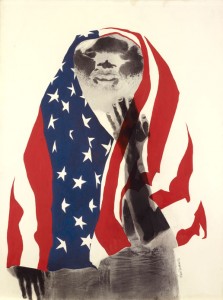
The catalog does an excellent job of historically situating the artists in terms of the widespread, de facto segregation of the period, the ongoing, national push for civil rights, the local explosion of anger with riots in Watts, and the discussion among African American artists and intellectuals about whether and how their work might engage with racial politics. It also places them within artistic tendencies prevalent in California at the time, including assemblage, conceptual art, performance art, political graphics, and early, feminist art. Friendships and mutual activities with Asian, Chicano and white colleagues are equally addressed.
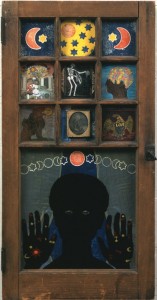
Eight essays, primarily by academic scholars, cover everything from film, photography, and the position various schools and exhibiting institutions played, to the role of curator Walter Hopps in developing the art scene in Los Angeles. All are remarkably clear and free of academic jargon. The book is handsomely produced, with profuse illustrations of the artwork and the people involved. It includes biographies (with brief bibliographies and exhibition histories) of the twenty African American artists exhibited, as well as their friends and close colleagues, and a very useful chronology that covers political, social and artistic events.
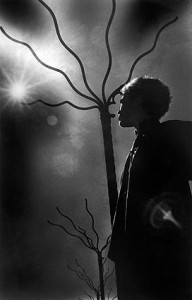
The illustrated work may be the most valuable aspect of the catalog for many, as it will be an introduction to the work of William Pajaud, Daniel LaRue Johnson, John Outterbridge, Noah Purifoy, John T. Riddle, jr., David Alonzo Davis, Dale Brockman Davis, Suzanne Jackson, Maren Hassinger and others. Their work covers the range from figuration to assemblage, geometric abstraction, video and performance art.
